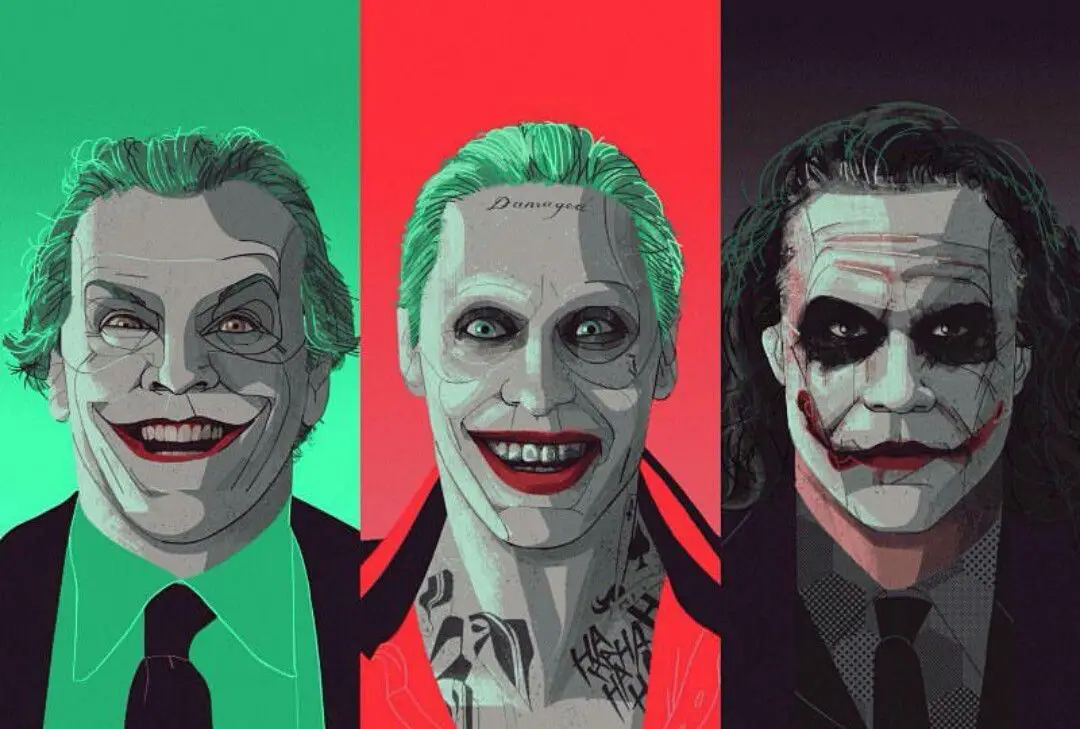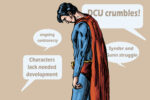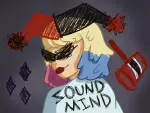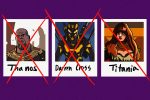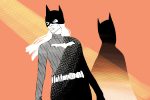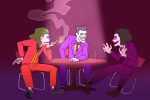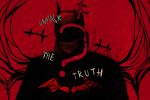When people think of “Batman,” the Joker likely comes to mind. He is one of the most iconic villains in cinematic history, so it makes sense why people associate the Joker with the “Batman” franchise just as much as they do Batman himself. Although Batman has his own share of villains, his arch-nemesis is most definitely the Joker. Seeing as he’s been around almost as long as Batman has (since the 1940s), it definitely makes sense.
The Joker has evolved quite a bit in the past 80 years, though. In fact, the most modern version of Joker reflects society’s current description of a villain. Back in the ‘40s, villains were all about kidnapping a girl and revealing his plans to the hero who would stop him at the end. Since then, the trope of good versus evil has evolved. This trope has changed a lot, as producers started creating their own villains that practice more devious, wicked acts in the name of evil.

Since the Joker’s origin story is pretty well known, I’ll briefly summarize it. Joker was not always a criminal. He joined the mob so he’d be able to support his wife and unborn child. On the day of the heist, his wife died in an accident and Joker carried her out. After a violent encounter with Batman, Joker’s normal appearance was ruined. His skin was bleached white, his hair permanently green and the corners of his mouth curled into a smile. As a result, the Joker was created.
Now, the original Joker was not the kid-friendly prankster children picture him as; he’s a sadistic, dangerous man turned clown. He developed homicidal urges and often took it out on civilians. Due to his violent nature, his toys and attitude got a makeover for his appearances later in cinema and comic issues.
Then, he became a prankster of Gotham, causing mischief and chaos all around him. This change satisfied the editors who felt that the joker was perhaps a bit too mature for kids to deal with. In all his appearances in DC movies, the Joker has had various different adaptations. Jack Nicholson’s version of the Joker, for example, represents the cartoonish version of Joker who was interested in throwing the economy in turmoil. He represented Americans’ fear of economic ruin, as he was a corrupt businessman who attempted to throw the city and economy into chaos.
Later, Joker was reverted back to his homicidal urges, with a few varieties of weapons. Now the Joker is armed with an acidic flower, causing his victims’ faces to laugh and laugh until they die. Joker has literally every weapon in his jacket. He believes that nothing exists, and that what we know is a figment of our imagination. Thus, he creates chaos wherever he goes, which is the joke he finds funny and the one he continually tries to appease to Batman with.
Another example of a famous Joker portrayal comes from Heath Ledger’s performance in “The Dark Knight.” In this film, Joker represents the fear and paranoia of terrorism. Ledger made Joker an anarchistic terrorist who wanted to watch the world burn. Even after the introduction of 9/11, acts of terrorism and bombings are occurring at an alarming rate. Weaponized attacks were one of the highest fears in the U.S.
Finally, in “Suicide Squad,” Joker became modernized again. Played by Jared Leto, he brought back Joker’s Clown Prince. Leto’s Joker is subtler about people’s unease at the political system. Because of his limited screen time in “Suicide Squad,” the Joker’s role as Gotham’s villain is implied. Joker has deep connections and uses leverage to get whatever he wants, even if he must murder people who get in his way.
Okay, so the Joker is a basically a ruthless killing machine that believes in nothing, but still creates mayhem. Why does he do it? With his twisted personality and methods of killing, what makes us so attracted to him?
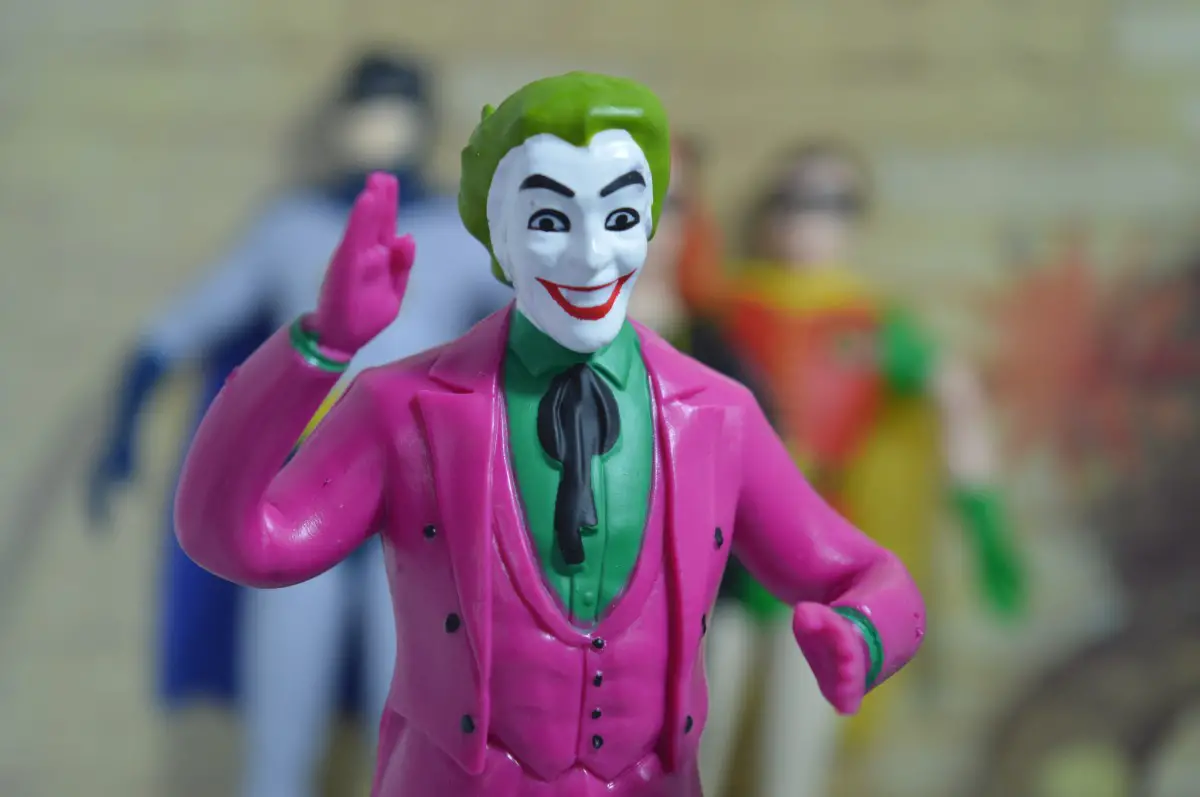
This is where things get a bit muddy. Joker is a dangerous man who will do anything as far as his insanity allows him. Joker knows he is insane and embraces it fully. He knows what he’s doing is wrong, but he does it anyway. He represents everything many wish they could do. Without the bounds of society, without the societal norms that keep conduct in check, people would adopt a truer version of themselves.
Additionally, Joker poses a philosophical question: How would people act if they were free to act however they wanted? Joker does not commit crimes for monetary gain; he commits crimes to prove a point, to prove that all people have a secret urge to become insane. In that way, he blurs the lines between good and evil. How can we be sure who is on the side of justice and the side of lunacy?
Back then, there was a clear distinction between the good guys and the bad guys. Good guys generally stood proudly and wore pleasing colors. Bad guys were shady, had black mustaches and laughed sinisterly. The Joker was definitely shady, though he didn’t have a black mustache.
Rather than embracing dark colors, he dresses like a clown, a figure most people didn’t consider evil beings from hell. But thanks to Joker, we have come to think of clowns as not the innocent entertainers who come to birthday parties. Joker certainly played a role in shaping the clowns to be just as devious and villainous as he is. But Joker has a special quality to him that keeps the audience engaged.
To summarize, if one were to track how society’s view of villains have changed, they ought to study the Joker. He and Batman are the yin and yang, with Batman desiring to uphold justice, and the Joker wanting to eradicate everything. What if people could have the freedoms to be who they truly are? What if the world entered a state of anarchy? To Joker, the world would become a more beautiful, realistic place.


